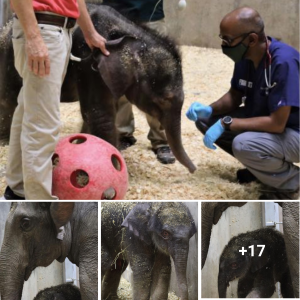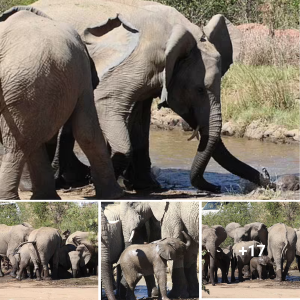Three five-year-old painted Champa Bodhisattva statues were returned to Cambodia by the National Gallery of Australia (National Gallery of Australia – abbreviation: NGA).
Since 2014, NGA has voluntarily implemented a repatriation program for 250 antiques to India, Pakistan, etc. These are all antiquities that were fought or illegally exported abroad that NGA had the opportunity to collect. collect and store.
Since 2014, NGA has voluntarily implemented a repatriation program for 250 antiques to India, Pakistan, etc. These are all antiquities that were fought or illegally exported abroad that NGA had the opportunity to collect. collect and store.

Among them, there are three Buddhist statues originating from Champa culture – an ancient kingdom that existed in the central territories of Vietnam, Laos and Cambodia.
According to the description, the three bronze statues date back to the 9th – 11th centuries, representing Bodhisattvas in Buddhism, including:

-1 statue of Vajrapani (Vajrapani Bodhisattva) in a standing position, with one hand holding a vajra, the other hand holding the mudra and bhumi, wearing jewelry.
– 2 statues of Avalokiteshvara Padmapani (Avalokiteśvara with Four Hands) in standing position with 4 hands, holding sutra, rosary, lotus branch and water vase. The statue is naked, wearing a lot of jewelry and has a bun with the image of Amitabha Buddha. One statue in particular still has a clear gilding layer and shows the aura of sparks surrounding the symbol.

All three symbols were created using the mold casting technique (lost wax casting), the NGA side defined them as “unique Champa art artifacts found in the media”, only the symbols were clearly gilded. and the halo layer is also described as “the best and most important condition among the extant Champa symbols”.
According to information from the RUSSIA side, the actions of the three symbols are summarized as follows:
– In November 1994, three statues were illegally stolen in Lor village area, Tboung Khmum province, Cambodia; then transferred to Sisiphon, Banteay Meanchey Province, Cambodia.
– As late as 2004, three statues fell into the hands of Douglas Latchford, a great collector and dealer of antiques in London, United Kingdom.
– In 2011, Latchford sold three statues to NGA for $1.5 million. Since then, the three statues have been stored at the NGA facility in Canberra, the capital of Australia. Concerns about Latchford’s activities began to arise in the years following the acquisition, and since December 2016, Latchford has been firmly training to trade antiquities in defiance of the law. In 2019, he was charged in connection with the crime of trafficking antiquities originating from plundered Cambodia. Latchford died before his arrest in 2020.
– In 2021, NGA cooperated with the Cambodian Ministry of Culture and Fine Arts with the goal of determining the tasks of NGA and the Cambodian government regarding three precious statues, taking the first step in the repatriation program of the three statues. statue.

– In July 2023, the ceremony of handing over three statues to Cambodia was conducted. However, with generosity for art, the Cambodian side decided to lend NGA and organize the display of 3 statues until 2026.
During the following ten years, NGA researched the history of the three Champa statues to determine their legal and ethical position in the collection and since 2021, NGA has been working in cooperation with Representative of the Cambodian Ministry of Culture and Fine Arts affirmed the rights of relevant parties. These works were among Cambodia’s looted antiquities, determined to have been illegally extracted in the mid-1990s from the vicinity of the Champa royal tombs in Tboung Khmum, near Cambodia’s border with Vietnam. . The robbers provided antiquities, including those three statues and other antiquities, to Latchford and other collectors.
Although the works were almost certainly created in Central Vietnam, the Champa cultural region, our modern archaeological origins lie on the Cambodian border. Under the Australian Cultural Relics Protection Act 1986 (Cultural Heritage Protection Act 1986), the three statues are considered cultural property of Cambodia. Therefore, the three symbols were returned to the Cambodian government in July 2023 and will be officially incense in 2026.



